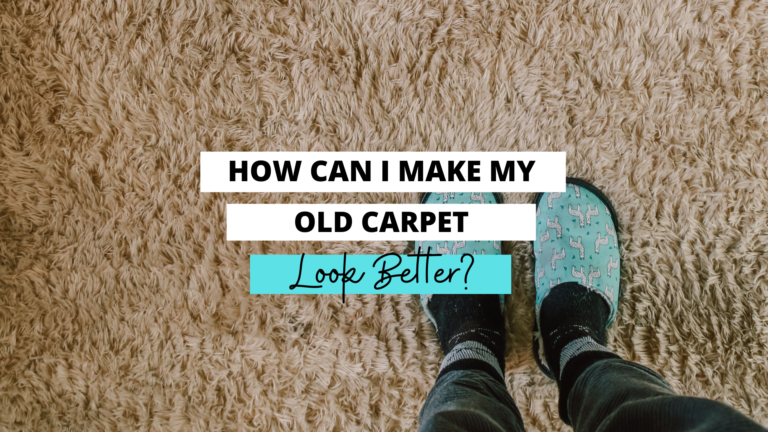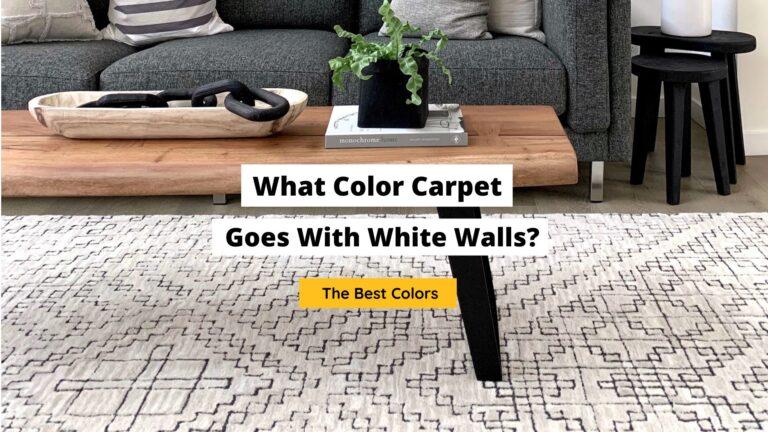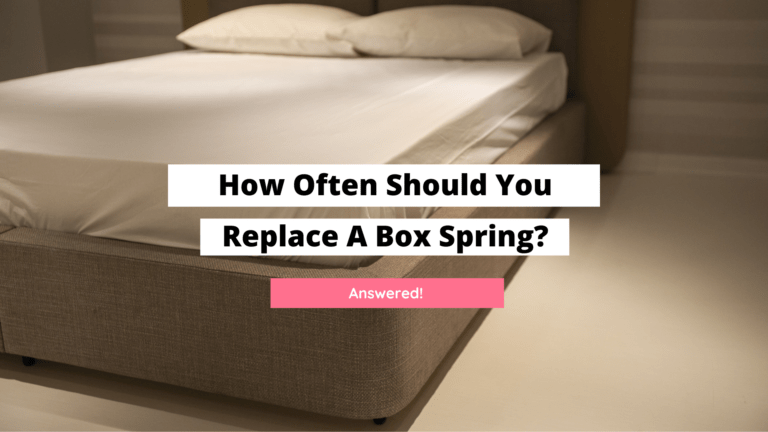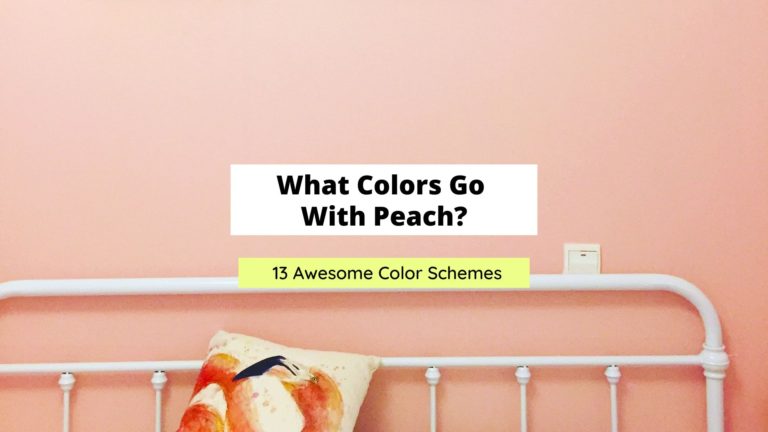Should Furniture Match Walls? (Here’s what works)
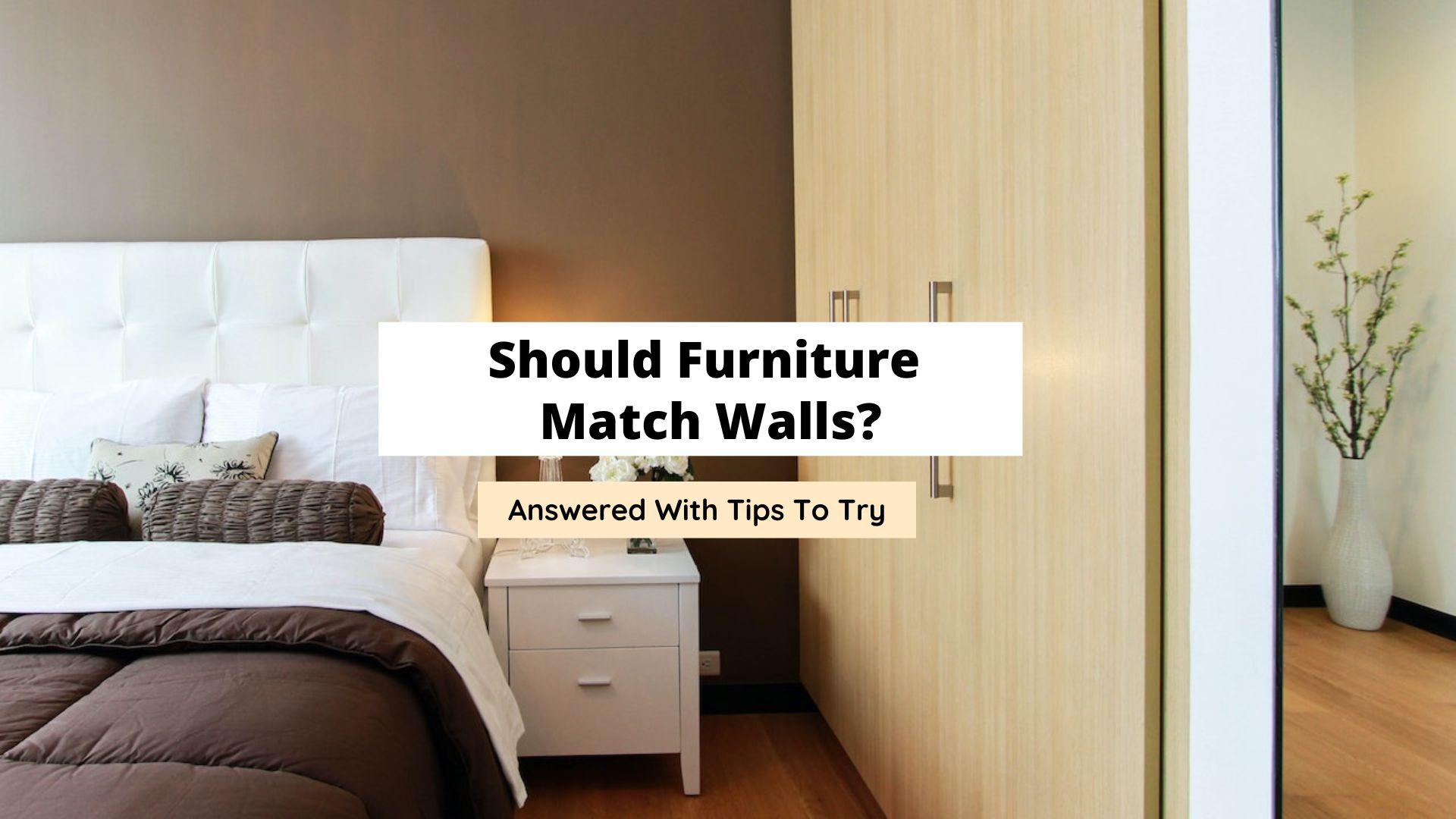
Colors play a huge role in designing and decorating a space. You’ll want to make sure everything is perfect to achieve that designer look.
But if you’re on the topic of whether furniture should match the walls or not, then there are a few things to consider.
If by matching you mean to coordinate colors to create a cohesive look, then it is pretty okay to match your furniture with your walls. In fact, matching furniture creates a base for a pretty living room or bedroom. However, generally speaking, furniture and walls do not need to match.
However, you cannot afford to miss the important decorating detail that will make your room look more thought out.
As such, you have to go the extra mile with some repeating colors to accent the room.
A combination of neutral colors and two base colors will distinctively create a well-coordinated space.
If not all the furniture matches the walls, you can get one signature piece of furniture with the same color as the wall to create a focal point.
Now, if you really want to ensure having a color scheme that is on point, here are a few tips and tricks you can draw from your toolbelt when decorating:
Table of Contents
Tips For Matching Furniture To Walls
Consider Mood & Style
The mood and style of the space can be of great use to help you decide if the furniture and wall color should match.
If your aim is to have a serene, peaceful, and calming aesthetic, neutral colors without flashy colors are best for this intention and it also works if you want to make sure the wall and furniture match to a certain extent.
However, if you want your decor to stand out, be bold, and make you feel positive, happy, and inspired, then bright and vivid colors can be used in this space.
Use Colors To Design The Space
Ideally, your furniture should complement your wall’s color. You can go in with accessories and wall art to create a desirable space.
Look at the wall for inspiration on the colors to use on furniture pieces and accessories that will create harmony with your wall.
With colors, you have a vast of ideas that will make it easy for you to coordinate the furniture and the wall. You can choose to:
1. Go neutral
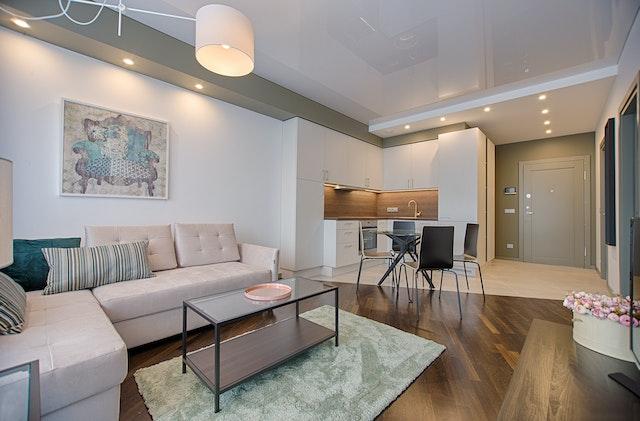
With neutral, everything matches. A neutral wall can be easily matched with just about any color of the furniture.
The trick is to know how to use neutral colors that do not clash with the rest of the room’s colors.
Moreover, you can use different accessories and paint the accent wall to match the furniture.
A touch of both colors can work perfectly well to create an incredible design
2. Contrasting Colors
Contrasting colors will make your furniture stand out. Colors of the same family, such as primary colors and secondary colors, will go well with each other.
For example, if you have a darker wall that is more of a neutral color, then use lighter colors to create variations of the color with your furniture.
This will provide depth and interest in your room. You can also play with different shades to create enough contrast that will enhance the look of your room.
Depending on the style of your home, you can choose some furniture pieces in matching colors and others in contrasting colors.
Potential Furniture and Wall Color Pairings
| Furniture Color | Wall Color |
|---|---|
| Cherry | White, mustard yellow, cream, beige, olive green |
| Pine | White, grey, cream, brown, blue, pink, red, light yellow |
| Oak | Brown, cream, white, grey, turquoise, teal |
| Ash | Grey, pink, mint green, blue, white, cream, tan |
| Mahogany | Red, grey, cream, white, lilac, sky blue |
| Grey | Grayish blue, white, beige, grey, blue, green |
3. Use a Different Shade of the Same Color
Colors can be on the vibrant side or on the soft side, or any other variations that you see fit to give your room a sophisticated look.
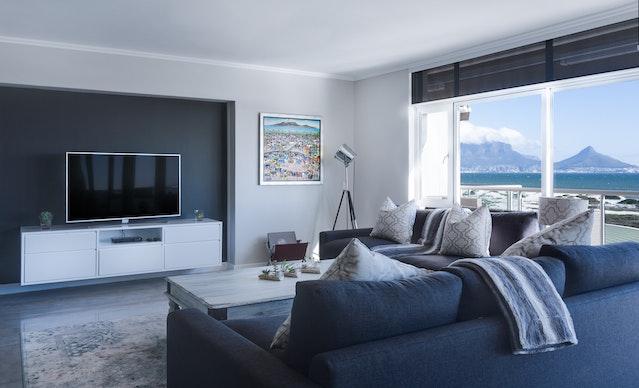
You can do this by using the same color but only slightly different shades.
For example, if you want to match a gray wall, get gray with variations of gray such as dark and light ones.
Moreover, pick a wall color that is more subtle than bold. Also, incorporate other colors in small amounts to amplify the room. This way, you don’t have to compromise with your color plans.
Choose Signature Furniture Pieces
A wall color can be strategically used as a backdrop to showcase and highlight special signature furniture pieces in the space.
If you want your furniture to pop, you can always go with a wall color that will help facilitate this process.
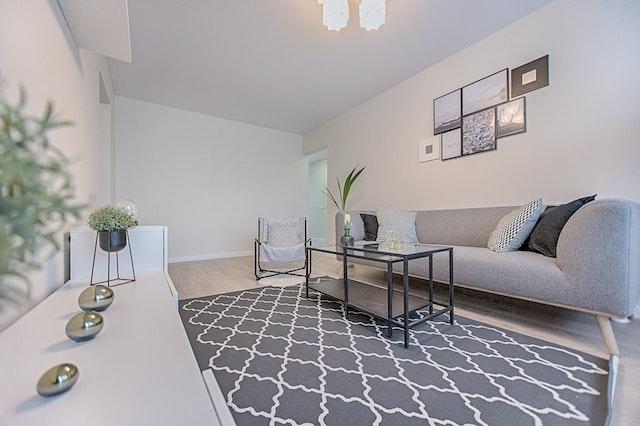
As mentioned earlier, contrasting colors are one of the best ways to indicate the difference between the wall and furniture and it’s one of the best techniques to try if you do not want the furniture and walls to match.
However, you can still achieve a matching style while allowing the furniture to take center stage.
For one, neutral color palettes are a great way to do so.
For example, you could have beige or tan walls with pine, cherry, ash, or mahogany furniture for a natural and pleasant aesthetic in which the furniture stands out against the neutral shades of brown.
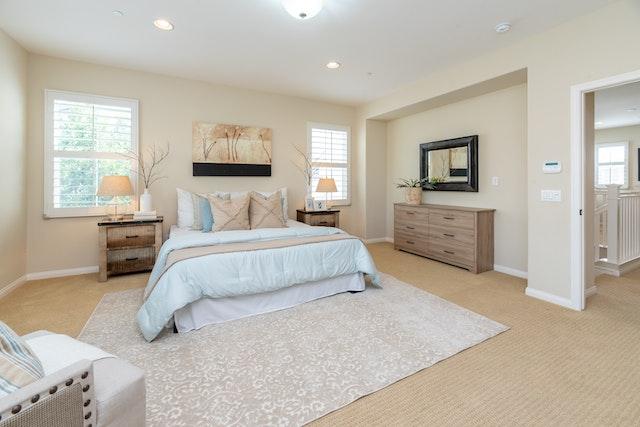
Another option would be to use one furniture piece like a chair, table, or accessory that is the same color as the wall.
This way, you’ll be able to have continuity in the space that will help balance the look even if the rest of the furniture and walls do not match.
I think you get the picture.
This is why color can be used to your advantage and it’s easy to match the furniture and wall color depending on your intention.
Wrapping Up
You may or may not feel that the space is creating a monotonous feel when the walls match your furniture but this really boils down to personal preference and taste.
However, it’s still highly possible to create a cohesive and harmonious room by using colors as the main element to help coordinate your furniture with the walls.
You can choose to match similar colors, or contrasting colors, or use different shades of one color; it is up to you how you want your room to look.
From there on, you just have to play with accessories and mix up furniture pieces to come up with a beautiful living space.
Before you head off, there’s one more suggestion I’d love to share – consider maintaining a distance between the furniture and the wall to avoid the illusion of an expansive empty space or to prevent the furniture from just blending into the background if they are identical colors.
Also, do not forget to go in with some wall art to help create a feature that will help tie everything together.
Next Up:
Should Nightstands Match The Dresser? (Tips & More)
